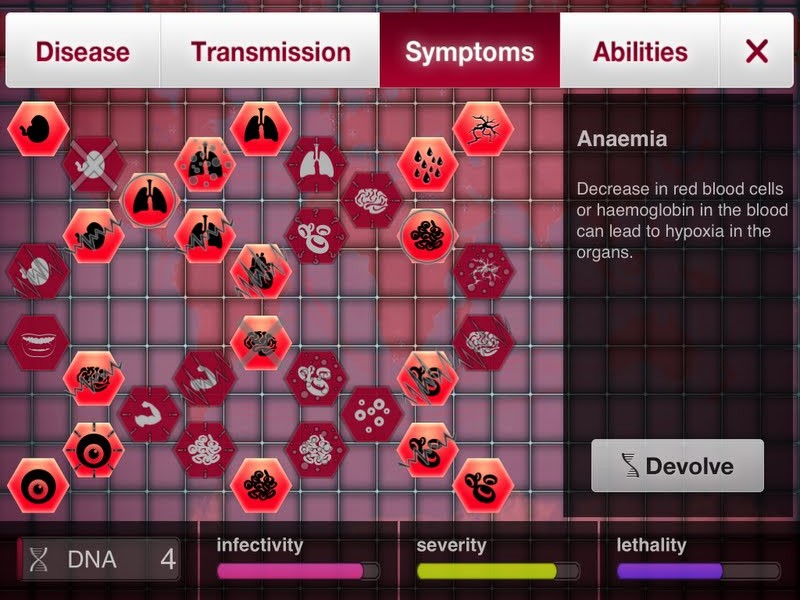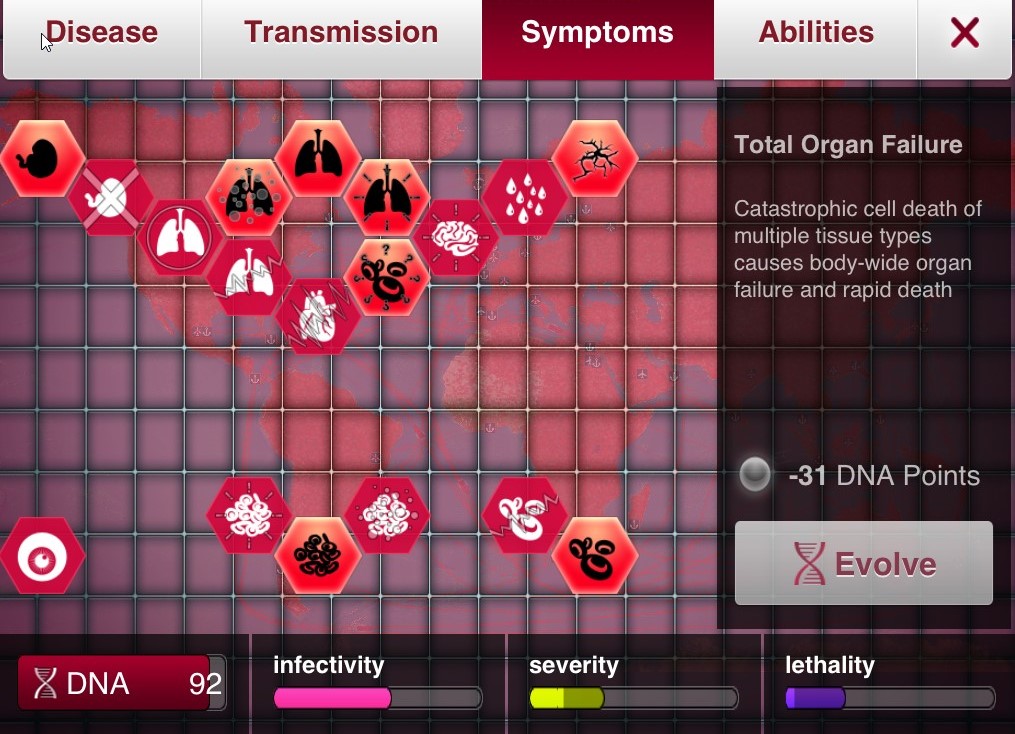
The public may acquire scientific knowledge through intuitive simulation games. employs simple graphics but has diverse charts and functions ( Figure 1). This game introduces the public to epidemiology in an unconventional way, allowing users to obtain knowledge of the transmission and characteristics of pathogens through gaming. is a pathogen simulation game that attracts widespread public attention whenever a pandemic breaks out. Although serious games have potential for use in medical education and promote proactiveness in learners, it is necessary to strike a balance between instructional theories, educational content, and game interaction to effectively enhance learning performance. Teaching hand hygiene and diarrhea prevention methods through educational games has been confirmed to enhance users’ awareness and practice of public health habits. Moreover, teaching cardiopulmonary resuscitation through serious games has also been shown to result in a higher retention rate of knowledge and skills.

In addition to teaching accurate information in a guided and context-based manner, incorporating knowledge pertaining to food and drug safety into video games has been proven to effectively raise the level of relevant knowledge among youngsters. Teaching medical knowledge through the form of games has been found to be as effective as traditional text-based teaching methods. The Centers for Disease Control and Prevention in the United States and the University of Derby in the United Kingdom have also attempted to impart knowledge about virus transmission and microbiology using educational games. Promoting public attention toward health and medical care using game feedback has been proposed, as it helps the public understand possible threats to health and medical challenges when facing a difficult situation related to public health and safety.

Therefore, many governments in the world have proactively provided the latest valid COVID-19 information and guidelines on epidemic prevention to their citizens using mainstream media or social media. In addition, a general population with higher levels of knowledge regarding pathogens is considered more likely to adopt the correct preventive measures and thereby reduce the prevalence rate of infections. In the face of the severe threat of COVID-19, implementing controls on health care services and communities has been deemed an effective strategy.

Although vaccines are considered one of the means of prevention of infectious diseases such as COVID-19, it takes time to verify their safety before they can be brought to market. As of March 21, 2021, more than 270 million diagnosed cases and 1 million deaths had been reported globally. On January 21, 2020, Taiwan reported the first confirmed COVID-19 case overseas. At the end of 2019, an outbreak of pneumonia of unknown cause was detected in Wuhan, China, and it was quickly discovered to be caused by a novel coronavirus, SARS-CoV-2.


 0 kommentar(er)
0 kommentar(er)
